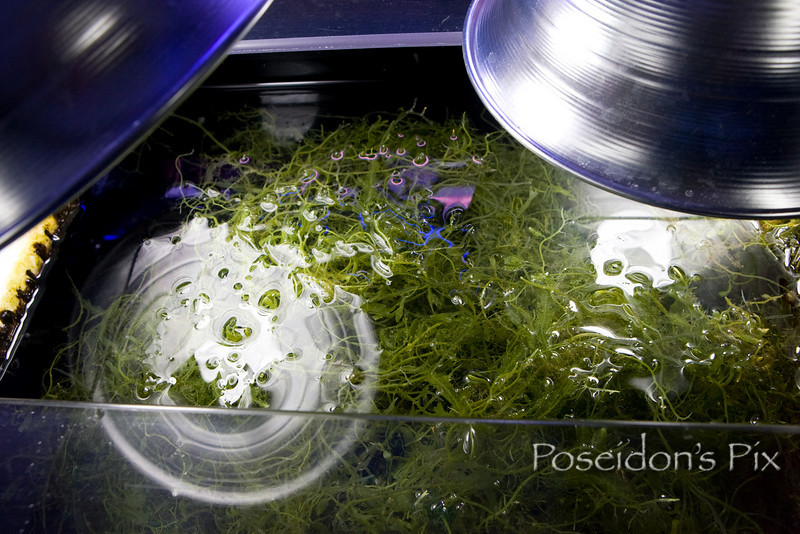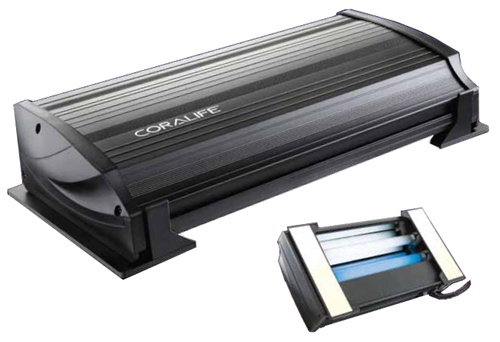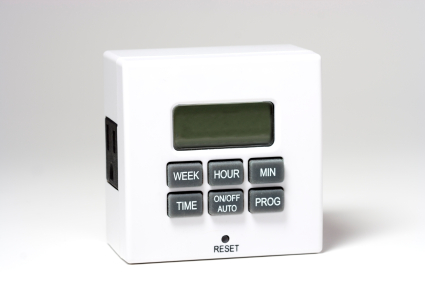Refugium Lighting
Refugium Lighting

Refugiums are a great way to grow Algae for filtration, food, and provide excellent breeding grounds for pods, shrimp, and anything else that would otherwise be destroyed in your Display tank. Refugiums are not always designed for filtration. Some are designed purely for visual enjoyment and others are home to coral frags as they grow larger. They also make great Time Out spots for bad fish and are good places for injured fish to heal, but remember these are connected to your Display tank so They will not count as quarantine or hospital tanks.
There are 2 main types of Refugium Lighting
- Plant Based- These refugiums are generally places for Macro algae like Chaetomorpha or Caulerpa. Mangroves are also grown in refugiums. These plants thrive under natural sunlight, or even a red spectrum. Lighting these tanks can be easy to over or under do. Depending on the plant you stock, your lighting can range from 2700K-6500K, which is optimal for plant and algae growth. 6500K is the closest color humanity can produce to the sun. The plants that we use for filtration are found in the shallows or at least near the surface where the sun’s light is refracted the least. 10,000K works, but is not as productive with most plants, refer to your individual species’ care requirements.
- Reef Based-The lighting required to keep corals is much higher in Kelvin. Of course corals grow anywhere from the surface down to who knows when they actually stop. 6500K-20,000K Lighting is optimal for coral refugiums. 6500K is proven to provide supreme growth speed with less appealing flesh color while 20,000K produces color unseen by natural sunlight. The deeper the water the higher the Kelvin.

Coralife Mini Aqualight T5 BioCube Refugium
Wattage
- Plant wattage- the most commonly used and most successful bulbs are 6500K CFL Floodlights for Outdoor use. A 10 Gallon space can be lit by a 26W Actual Watt (75W Equivalent) bulb. If you have a deeper or wider refugium you can put 1 extra bulb every 12-18 inches apart (or 1 single bulb on a motorized light rail if you want to get fancy). There are also LEDs of the plant spectrum. Par38 Refugium bulbs work very well too, and they fit in your CFL sockets! Less wattage but they cover the same area and are also brighter with the option of optics.
- Reef Wattage- The best Watt your Fuge is to base it off of your display as best as possible. If your Display uses 6 watts per gallon, calculate your refugiums volume and get as close as possible. The color spectrum does not matter as much as the actual PAR as far as shocking corals when transferred between Light units. This is very senstiive due to the varying level we all have in our sumps. Two people can have nearly the same refugium setup and one person’s can be 6 inches deeper, thus effecting the PAR readings slightly. It is a great idea to have a way to raise and lower the fixture or use Dimmable LEDs and adjust it until the corals look happy. It is not an exact science, just trial and error. Always start with less light and work up to the brighter settings.

light timer
Time Schedule-
Reef or Plant, the refugiums are most productive on an overlapping reverse schedule. If your display lights are on for 10 hours a day the refugium should be lit for 16, with one hour of overlap between at dusk and dawn. For example: DT light schedule is 10am-8pm, Refugium Light 7pm-11am. This helps keep the pH and O2 levels up and provides a more stable environment.
Here are a few reads on other people’s Refugiums:
http://www.reef2reef.com/forums/do-yourself-diy/107692-xenia-refugium.html
To stay up to date on the latest saltwater reef aquarium topics and news sign up for a FREE account here!
Comments are closed.
